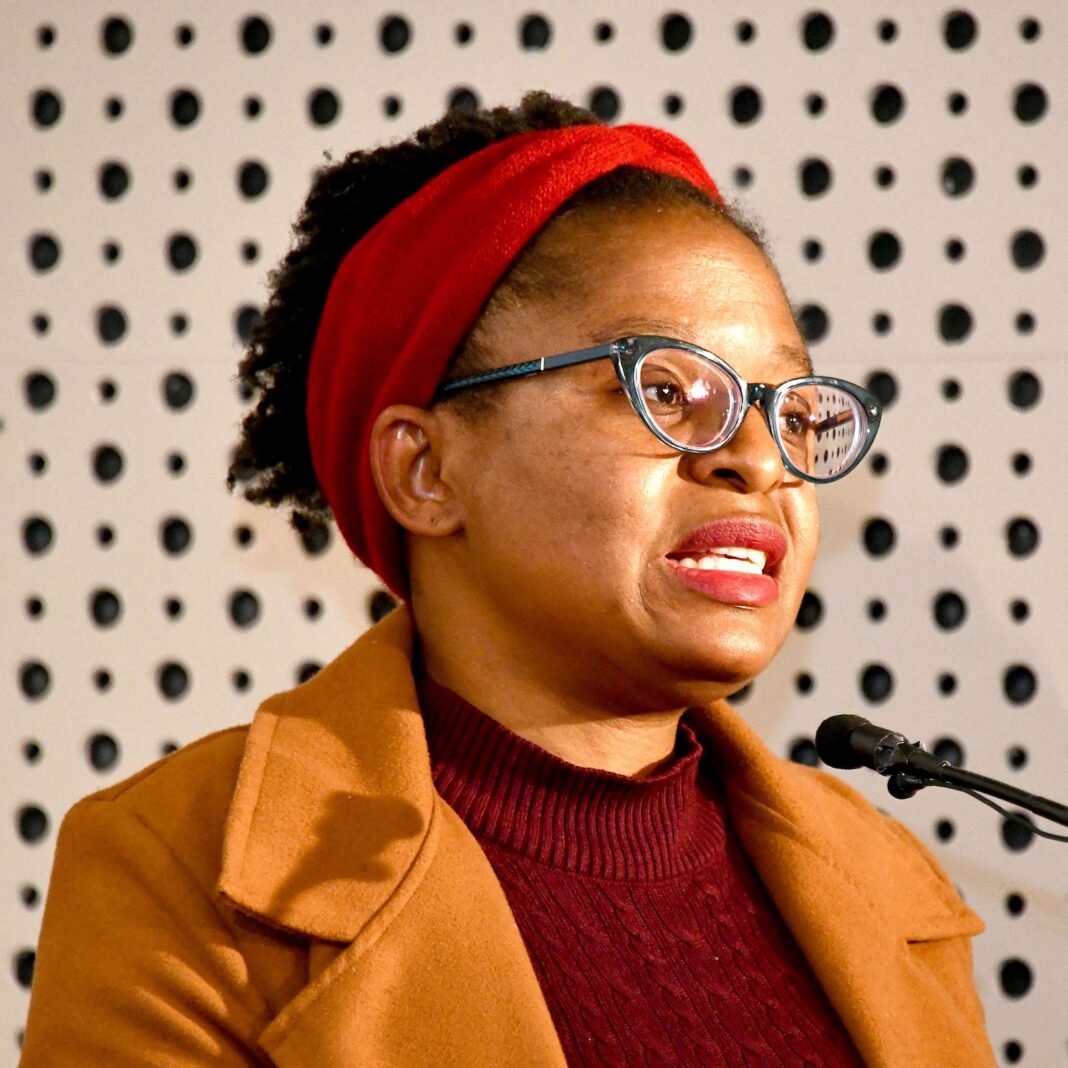SOUTH Africa’s Department of Communications and Digital Technologies (DCDT) is aiming to switch off its analogue signal and end dual illumination on March 31, 2023.
Speaking during a media briefing on Friday, Communications and Digital Technologies Minister Khumbudzo Ntshavheni gave official notice of the impending analogue switch-off (ASO).
The accompanying published Government Gazette reveals that interested parties are required to provide written comments by January 27 in support of or opposing the proposed date.
“Analogue switch off must be concluded without further delay in order to enable the telecommunication network operators to decongest the networks with the deployment of fourth-generation and fifth-generation networks,” she says, noting that the quality of connectivity is degrading across the country and some areas have completely lost network coverage.
Ntshavheni points out that the broadcasters are no longer protected in analogue frequencies, as the protection fell in June 2015.
“We have already started receiving reports of cross interference between broadcasting and International Mobile Telecommunications services, something we do not want to occur at all.
“There is no way we can protect the broadcasters, so if we delay ASO, we are going to have degradation of the broadcasting services as well.”
Ntshavheni, updating on the progress of the broadcast digital migration, said that there were 61 155 new registered households between April 2022 and July 2022, equating to an average of 15 288 registrations a month – a decline in set-top box (STB) applications and registrations.
Prior to March, the department had been recording an average of 50 000 registrations a month.
The number of new applications and registration for August and September reached 140 674, which she says was a result of a concerted drive by the DCDT to make sure that rural areas are reached.
Registrations between April and September reached 201 824, representing 33 638 a month.
Following the September 30 deadline for registrations for government-subsidised STBs, the DCDT now has 185 382 outstanding STB installations to complete, compared with the 244 000 outstanding installations as at August 25.
With an STB installation rate of about 49 417 a month, all installations will be completed in just over three months at the current rate, she concludes.
Engineering News

